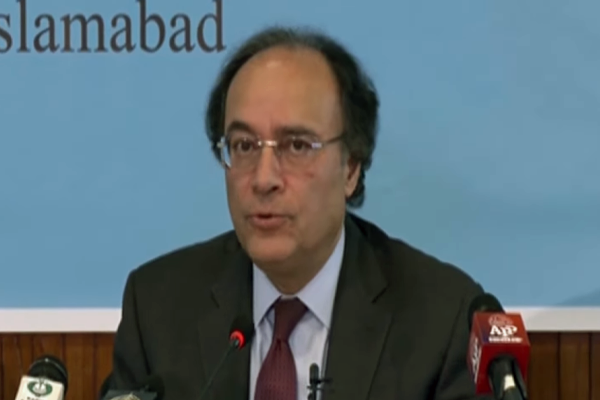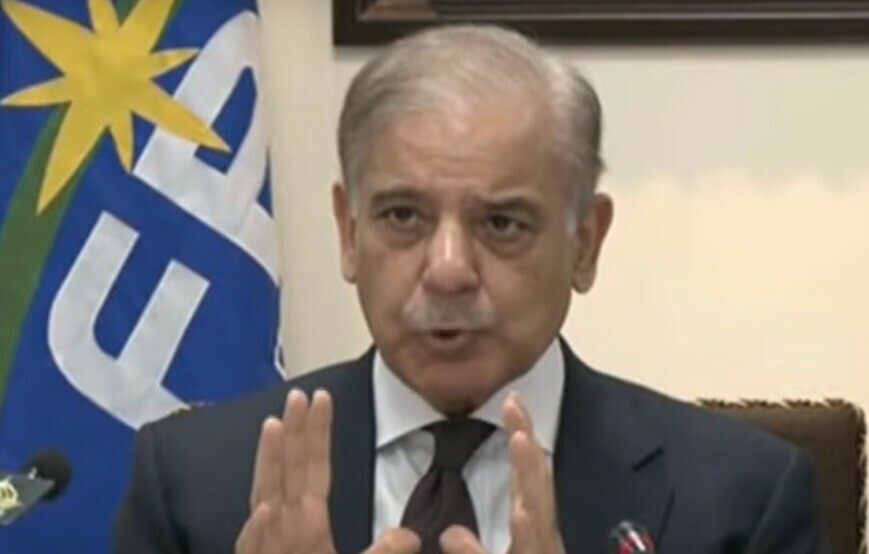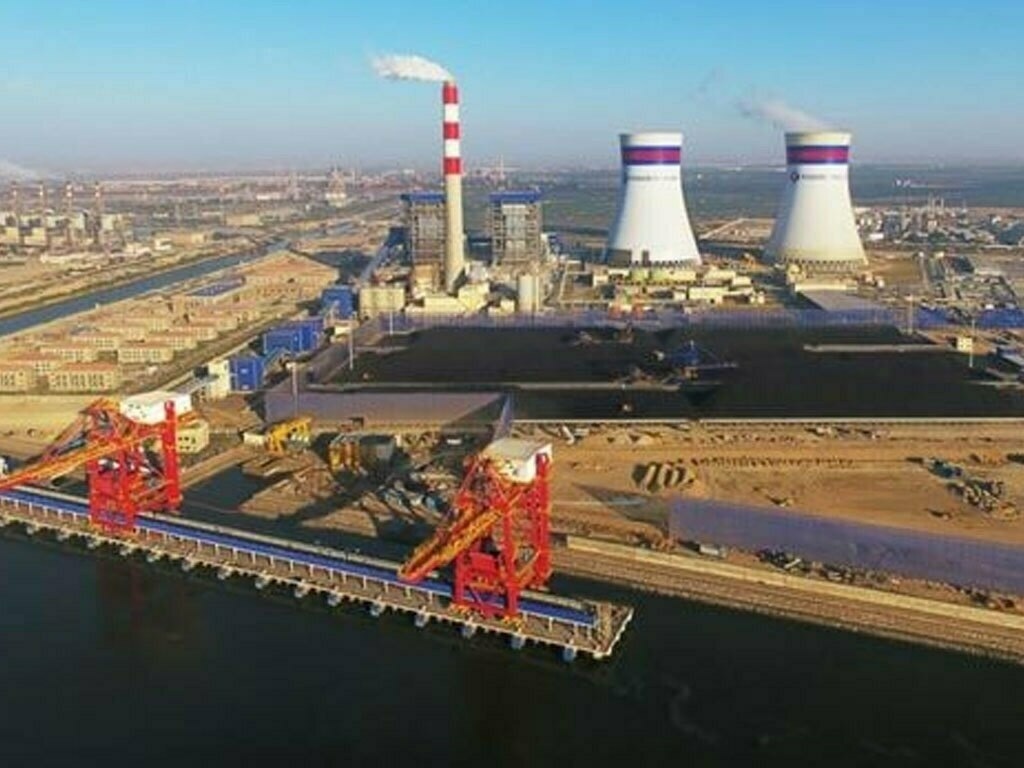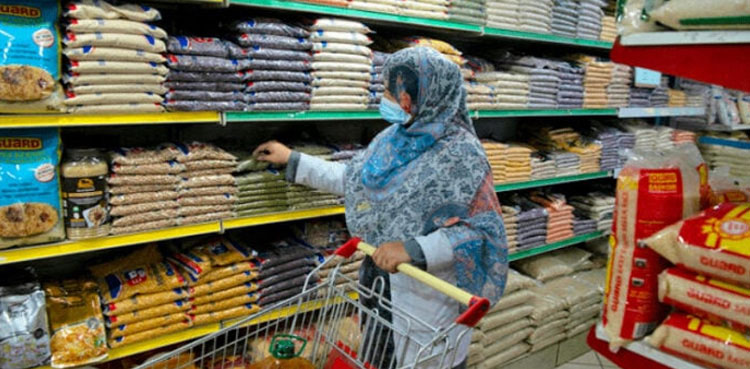PTBP Web Desk
Pakistan’s Finance Minister Muhammad Aurangzeb has signaled that the country could see a reduction in its policy rate later in 2025, citing slowing inflation and improved macroeconomic stability. The remarks came during the 78th Independence Day and Marka-e-Haque celebrations at the Rawalpindi Chamber of Commerce & Industry (RCCI) on Wednesday.
Aurangzeb stressed that while decisions regarding the policy rate and exchange rate fall under the State Bank of Pakistan (SBP) and the Monetary Policy Committee (MPC), the current economic environment offers room for easing.
“Citing core and average inflation, my personal view is that there is room to do more in terms of the policy rate,” he said. “I am very hopeful that during this calendar year, we will see movement on the policy rate going south.”
Last month, the MPC decided to keep the policy rate unchanged at 11%, contrary to market expectations of a 50 to 100 basis points cut. This decision came despite encouraging inflation figures.
Inflation in June 2025 fell to 3.2% year-on-year, driven largely by lower food prices. Core inflation also registered a slight decline, reinforcing optimism that Pakistan’s price stability is on track.
Aurangzeb’s remarks suggest that a more accommodative monetary stance may be adopted in the coming months, which could boost private sector borrowing and economic activity.
The finance minister highlighted that international financial institutions have praised Pakistan’s reform agenda. Credit rating agencies S&P and Fitch have already upgraded Pakistan’s ratings, with expectations that Moody’s will follow soon.
This renewed international confidence reflects the country’s progress in fiscal discipline, external account improvement, and structural reforms.
Aurangzeb pointed to a recent trade agreement with the United States as a “fantastic opportunity” for Pakistan’s exporters.
The deal secured a reciprocal tariff reduction from 29% to 19% — the lowest in South Asia — potentially giving Pakistani goods a significant competitive edge in the US market. This could substantially increase export volumes, especially in textiles, leather, and agricultural products.
The finance minister emphasized that Pakistan has achieved stability in key sectors over the last 18 months:
- Size of the economy and national income have grown.
- Financial sector stability has been maintained.
- Fiscal deficit reduced to record low levels.
- Inflation has dropped sharply.
- Current account has moved into surplus.
- Remittances have surged to record highs.
“National security and economic stability are essential for each other, and it is encouraging that we have made strong progress on the economic front,” Aurangzeb stated.
Highlighting fiscal achievements, Aurangzeb said the government reduced debt servicing costs by Rs1 trillion last year and aims to replicate this success in the current fiscal year.
He also underscored that transformation in the Federal Board of Revenue (FBR) is underway to improve tax collection efficiency without overburdening existing taxpayers.
Aurangzeb was clear about the need for regionally competitive taxation. He stressed that the salaried class and manufacturing sector cannot bear further tax increases, and instead, reforms should broaden the tax base.
With inflation on a downward trend, global credit agencies showing confidence, and a major trade deal with the US, the stage appears set for policy rate cuts later in 2025.
A lower policy rate would reduce borrowing costs for businesses, stimulate private investment, and potentially accelerate GDP growth — aligning with the government’s vision for sustainable economic expansion.




